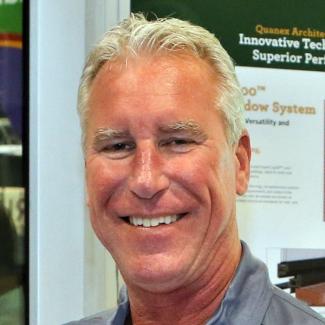The Continued Evolution of Residential Comfort
I had the opportunity to attend the American Institute of Architects annual conference in New York City this summer. From my perspective, it was a great, busy show, with big names from around the industry, international attendees and a good energy overall.
At the event, I noticed that talk about energy efficiency is more dominant than ever, with architects searching for methods and materials to hit loftier and loftier goals. One major certification that seems to be getting more traction in recent years is Passive House, a very strict certification with German origins.
There are a couple of things about Passive House I find especially interesting. First is that certification is extremely detail-oriented. When it comes to windows, every component is accounted for, including spacers, framing, reinforcement, gas filling, the size of the windows—everything.
As the Passive House Institute US notes on its website: “For best accuracy in building energy modeling, window performance data (e.g., U-values) are needed at the component level, that is, for the frame and glass separately, so that the performance of the windows can be calculated for the exact sizes and configurations planned in the project.” Verified window products receive a program-specific PHIUS product performance data verification mark, helping builders and architects easily identify products that will work for their Passive House needs.
The other interesting part of Passive House is that it’s not just energy efficiency or utilizing components that hit a certain number. It’s all about providing exceptional comfort to residents. Passive House buildings utilize superinsulation and airtight construction to stand up to the toughest weather conditions. Advanced ventilation schemes provide exceptional air quality in these homes. And a comprehensive approach to modeling, design and building is meant to provide long-term resiliency and durability.
Comprehensive living comfort extends beyond what Passive House accounts for, too. I heard a lot of chatter at the AIA Conference about sound control and products that better contribute to it. New multi-family construction where sound pollution is prevalent—New York City, for instance—is of increasing importance. Some architects are beginning to weigh it in equal value to thermal performance.
I’ve said it before: people have come to expect energy efficiency, whether or not it’s driven by governments, building codes or anything else. People want comfortable, energy-efficient living spaces. Increasing demand for products that help make those spaces a reality should continue for the foreseeable future.
